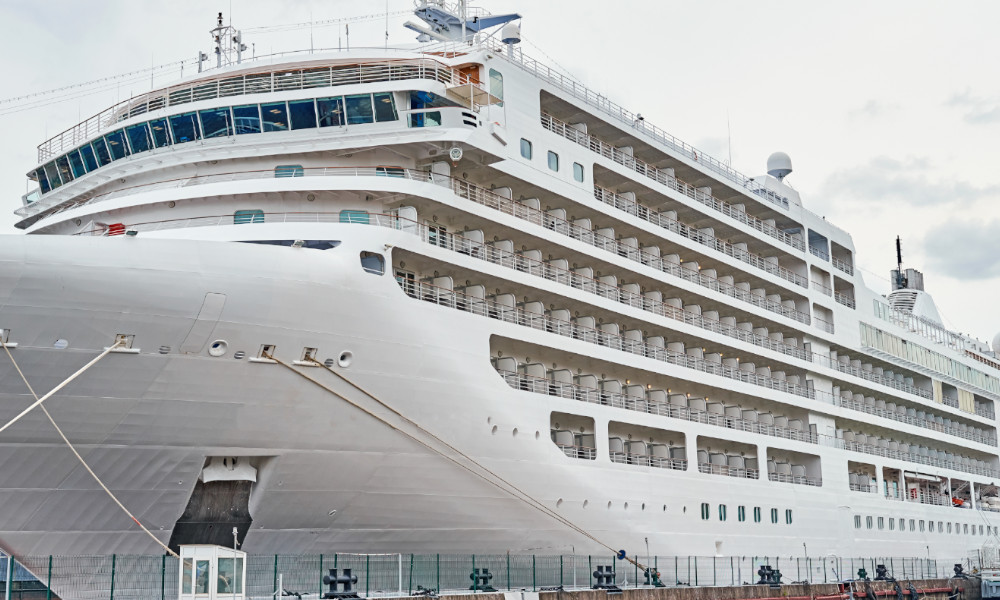River Cruise Travel: Exploring Popular Destinations and Onboard Features
River cruise travel offers a chance to experience destinations from a different perspective—while enjoying the amenities of a comfortable vessel. This guide highlights popular cruising routes, the onboard features travelers can expect, and planning tips for a smooth journey.

Popular River Cruise Destinations Around the World
European rivers remain the most established river cruising regions, with the Rhine, Danube, and Seine attracting thousands of passengers annually. The Rhine flows through Germany, France, Switzerland, and the Netherlands, offering stops in Cologne, Strasbourg, and Amsterdam. The Danube connects ten countries from Germany to Romania, featuring Vienna, Budapest, and Bratislava amongst its highlights.
The Mekong River provides Southeast Asian experiences through Vietnam and Cambodia, with stops including Ho Chi Minh City and Siem Reap. The Nile in Egypt offers historical journeys between Cairo and Aswan, passing ancient temples and archaeological sites. North American options include the Mississippi River system and Columbia River, whilst Russia’s Volga River connects Moscow and St Petersburg through traditional Russian countryside.
Common Onboard Amenities Included in River Cruise Travel
River cruise vessels feature well-appointed staterooms with panoramic windows or French balconies, allowing guests to enjoy ever-changing scenery. Most ships include dining venues serving regional cuisine alongside international options, often with complimentary wine and beer during meals. Many vessels feature sun decks with comfortable seating, small fitness areas, and spa services.
Library corners with books about destinations, complimentary Wi-Fi throughout the ship, and entertainment lounges provide relaxation options during sailing hours. Some ships include small pools or whirlpools on upper decks, though space constraints mean these facilities are typically modest compared to ocean cruise ships. Daily housekeeping, laundry services, and 24-hour room service are standard amenities across most river cruise lines.
Planning Considerations Before Booking a River Cruise
Seasonal timing significantly impacts river cruise experiences and availability. European rivers operate primarily from March through December, with spring and autumn offering pleasant weather and fewer crowds. Summer months provide longest daylight hours but attract peak passenger numbers. Winter cruises, particularly Christmas market itineraries, offer unique experiences but may encounter weather-related itinerary changes.
Cabin selection affects both comfort and cost, with upper deck accommodations commanding premium prices for better views and reduced engine noise. Consider mobility requirements, as river ships often dock at ports requiring passengers to walk across other vessels or navigate uneven surfaces. Travel insurance becomes particularly important due to potential low water levels that can affect itineraries, especially during late summer and early autumn periods.
| Cruise Line | Typical 7-Day European Cruise | Key Features |
|---|---|---|
| Viking River Cruises | £2,200-£4,500 | All-inclusive dining, Wi-Fi, shore excursions |
| Uniworld | £3,000-£6,500 | Ultra-luxury accommodations, premium beverages |
| AmaWaterways | £2,500-£5,200 | Dual balcony staterooms, complimentary bikes |
| Scenic | £3,500-£7,000 | All-inclusive luxury, butler service, e-bikes |
Prices, rates, or cost estimates mentioned in this article are based on the latest available information but may change over time. Independent research is advised before making financial decisions.
Most river cruise fares include accommodation, meals, and basic shore excursions, though premium excursions often incur additional charges. Gratuities, spa treatments, and speciality beverages may not be included depending on the cruise line’s policies. Some operators offer all-inclusive packages covering beverages, gratuities, and enhanced excursions, which can provide better value for passengers preferring comprehensive pricing.
River cruises typically operate on port-intensive itineraries with daily stops, making them suitable for travellers who enjoy regular exploration rather than extended sea days. The intimate atmosphere means passengers often interact more frequently with fellow guests and crew members compared to larger ocean vessels. Consider dietary requirements and mobility needs when booking, as river ships have limited alternative dining options and may not accommodate all accessibility requirements.
River cruising provides an excellent introduction to multi-destination travel without the hassle of frequent packing and unpacking. The combination of comfortable transportation, included meals, and guided excursions appeals to travellers seeking cultural enrichment with convenience. Whether exploring European castles, Asian markets, or American historical sites, river cruises offer unique perspectives on destinations that remain largely inaccessible to larger vessels, creating memorable experiences along the world’s most scenic waterways.




